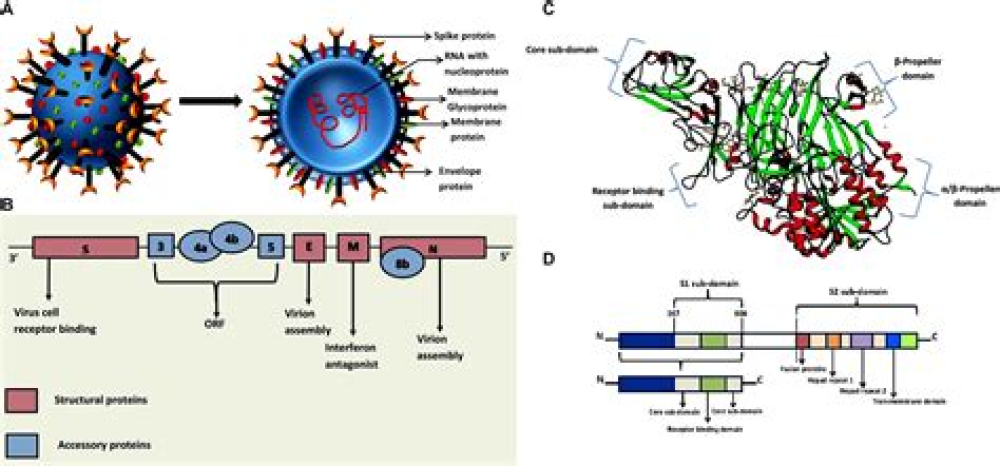Authors: This analysis was performed primarily by Matt Olm (mattolm@stanford.edu) in Justin Sonnenburg’s lab at Stanford University and Alex Crits-Christoph (crits-christoph@berkeley.edu) in Jill Banfield’s lab at University of California, Berkeley
As viruses replicate within their hosts during infection, they mutate and accrue genetic diversity in their populations. These populations are usually shared as a single genome representing the consensus genome from a particular patient, and analysis of inter-patient variation (differences between the consensus genomes from different patients) is useful for understanding how the outbreak spreads, and how the virus evolves globally.
We refer to the variation within a single individual as intra-patient variation, intraspecfic variation, or microdiversity. This genetic variation is less commonly studied, but analysis of this data has the following potential applications:
- Identification of the genomic loci least likely to mutate during infection, which could be useful for designing universal primers / probes.
- Comparison of viral evolution within individuals versus global evolution. This can be useful for understanding how the viral evolutionary pressures and functions.
- Estimation of the number of viral particles acquired at the onset of infection and quantifying genetic diversity transferred during transmission.
Inter-patient SARS-CoV-2 genome variation
To analyze inter-patient variation, we downloaded publicly available SARS-CoV-2 genomes, processed and filtered them, and generated a multiple sequence alignment. Details can be found in the Methods second, and the genomes and alignment can be downloaded from the Data availability section.
After genome alignment, we can visualize genetic diversity across the genome:
For More Information: https://github.com/MrOlm/covid19_population_genomics
